The finite cell method for brittle fracture simulation of microstructured materials
Please login to view abstract download link
Immersed methods, such as the finite cell method (FCM), have gained attention in structural mechanics for addressing complex-shaped problems. However, challenges arise when dealing with heterogeneous microstructures, characterized by weak discontinuities at material interfaces and non-smooth geometries. To overcome these limitations, this work proposes several strategies. Starting from CT-scans of microstructured materials described by voxel models, an L2-projection is employed to transform 3D image-based geometries into level-set functions. Based on these level-set functions, the ansatz space can be adaptively enriched to capture material interfaces and predict failure. Concerning brittle fracture, phase-field modeling (PFM) can be applied to predict failure. PFM effectively handles crack initiation, propagation, and branching but requires fine meshing, especially along crack paths. To address this, the FCM is incorporated into the PFM framework to simulate quasi-static brittle fracture of microstructured materials. REFERENCES [1] L. Hug, S. Kollmannsberger, Z. Yosibash, E. Rank, “A 3D benchmark problem for crack propagation in brittle fracture”, Comput. Methods Appl. Mech. Engrg., Vol. 364, pp. 112905, https://doi.org/10.1016/j.cma.2020.112905, (2020). [2] Y. Schapria, L. Radtke, S. Kollmannsberger, A. Düster, “Performance of acceleration techniques for staggered phase-field solutions”, Comput. Methods Appl. Mech. Engrg., Vol. 410, pp. 116029, https://doi.org/10.1016/j.cma.2023.116029, (2023). [3] M. Gorji, M. Komodromos, W. Garhuom, J. Grabe, A. Düster, “Geometry smoothing and local enrichment of the finite cell method with application to cemented granular materials”, Comput. Mech., https://doi.org/10.1007/s00466-024-02512-1, (2024). [4] M. Gorji, S.F. Hosseini, R. Sartorti, L. Radtke, A. Düster, “Acceleration of immersed computations of brittle phase-field fracture utilizing moment fitting schemes”, Proc. Appl. Math. Mech., Vol. 24, pp. e202400094, https://doi.org/10.1002/pamm.202400094, (2024).

